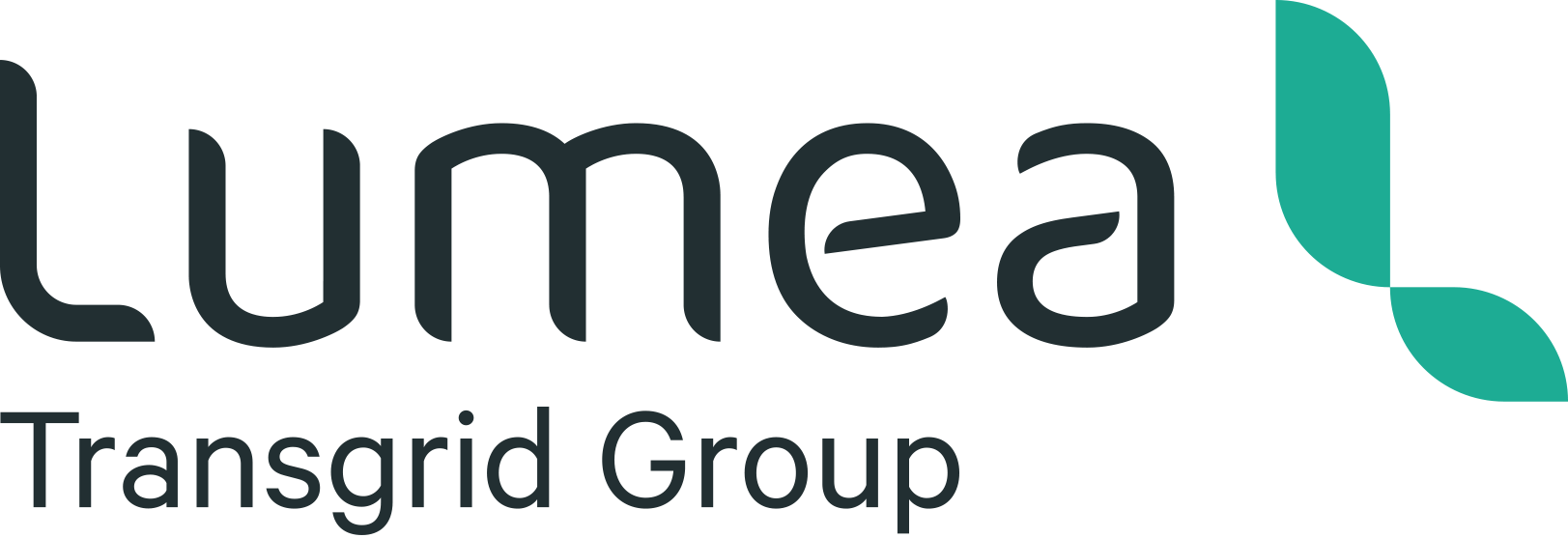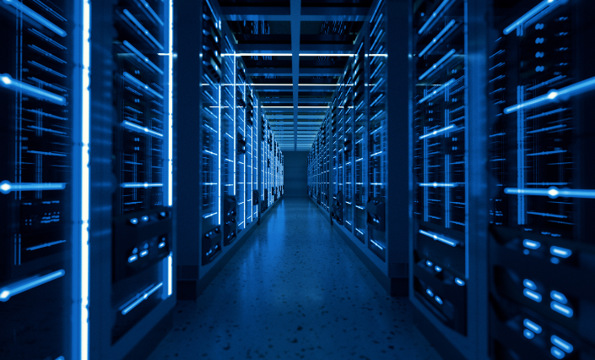The data centre industry has become the backbone of our digital world, powering everything from streaming services to artificial intelligence (AI), to cloud computing. As demand for data processing and storage skyrockets, data centres must expand and adapt, which requires thoughtful strategic planning—particularly when it comes to power.
We recently discussed why we needed to shift from "land-first" to a "power-first" approach to ensure investment certainty for customers, flexibility of growth in the future, provide network stability where it is needed and avoid power shortages.
Yet energy bottlenecks remain a key issue for data centre development globally. As we have seen from examples in Singapore ordering a moratorium on data centre energy and Dublin where data centres contribute to around 35% of the grid.
Last year we visited the US to attend the TMT M&A Forum USA 2024 and RBC Global Communications Infrastructure Conference to meet with leading industry figures and understand how they were addressing some of the challenges with data centre projects in the North American region. As a more established market further along the data centre journey here are some of our insights and observations.
The role of battery storage for data centres
The goal of battery storage for data centres is to prevent these high-energy-demand facilities from overloading the grid and exacerbating peak demand issues. This is an area widely being explored in the US market.
Data centers consume substantial power, and without storage solutions, their reliance on the grid could lead to instability, increased strain on infrastructure, and higher energy costs. By integrating battery storage, these facilities can smooth out their energy consumption, reducing sudden spikes in demand and even providing backup power or grid support during peak periods.
This approach enhances grid resilience, promotes energy efficiency, and supports the transition to a more sustainable power system. Long-duration batteries offer potential, as they can store renewable energy for use during peak demand or outages.
Importance of strategic partnerships
Power challenges are pushing operators and utilities to innovate and collaborate. In the US, Dublin, and Singapore, power availability is now a key driver of data centre location decisions as much as land availability.
Once, "land banking" was the key strategy, where companies acquired large land plots for future use, now companies are prioritising access to reliable and affordable power. BYOG (bring your own generation - where industry works closely with utilities to find solutions and bring new capacity) has widely become accepted as a key priority and driver for growth.
This shift has seen companies in the US, like Equinix and Digital Realty, actively work with utilities to ensure power capacity aligns with future expansion, helping to avoid the kind of grid pressure that stymies future growth.
Global giants like Microsoft and Amazon have taken a proactive approach to secure power for their data centres, collaborating closely with utilities. By forming strategic partnerships, they not only ensure power is available when needed but also allow utilities to plan for capacity requirements.
Amazon, for example, has signed multiple power purchase agreements (PPAs) with renewable energy providers, aligning its data centre operations with clean energy goals.
In Australia, where power availability is not uniform across all states and territories, data centre providers are increasingly recognising the need for this collaborative approach. Strategic partnerships with utilities can provide the infrastructure and energy capacity required to support data centre expansion in key hubs like Sydney and Melbourne.
Emerging trends: data centre investments in network assets and speed to market
Speed to market is another key requirement, which is why data centres are increasingly investing in network assets. In the US, co-location facilities—where multiple tenants share resources within the same data centre—have grown in popularity, especially among hyperscale providers like Amazon Web Services and Google.
Co-location helps reduce operational costs while providing a fast path to market, allowing data centres to support customer needs without building entirely new facilities.
Another trend gaining traction is the underwriting of energy generation and trialling new technology. Microsoft’s underwriting of Three Mile Island nuclear facility[1] is a key example, demonstrating how securing dedicated power sources can help mitigate grid dependency. In some cases, data centres are even exploring the use of Small Modular Reactors (SMRs), especially in regions with limited renewable resources.
SMRs can offer a steady, low-carbon energy supply directly at the data centre site, making them an innovative, albeit complex, solution. This is likely to be a longer-term strategy, as technology hasn’t quite evolved to deliver SMR’s safely and cost effectively at scale.
Demand response and flexible load options are also emerging as vital strategies as not all data centre operations require constant power. For example, AI training centres and machine learning can be somewhat flexible, whereas cloud services cannot.
Implementing demand response mechanisms allows data centres to adapt their power consumption to grid conditions, ensuring that electricity use is optimised for both cost and availability. Additionally, data centres can be compensated for providing this service in the NEM.
Something we also touched on is the role of fibre in enhancing data centre capabilities. Fibre infrastructure is essential for the evolving data centre landscape, particularly in Australia where rising competition and growing bandwidth demands are driving innovation in resilient, high-performance connectivity solutions. The Data Centre Interconnect (DCI) market size is expanding at a ~13.4% Compound Annual Growth Rate to 2037, demonstrating the increasing demand for high bandwidth connectivity that can only be provided by fibre[2].
We understand the need for reliable fibre infrastructure which is why Lumea’s "Fibre in the Sky" offers unique network diversity by suspending fibre 35–60m above ground, protected from threats like bushfires, floods, and accidental damage from industrial equipment. We will unpack the role of fibre in enhancing data centre capabilities in greater detail in a separate piece.
In Australia, where the industry is burgeoning, we have much to learn from the experiences of mature markets. It’s clear collaborative partnerships with utility providers and strategic approaches to power procurement and network investments are all part of a blueprint for sustainable data centre growth. If you want to go fast go alone, if you want to go far go together.
[1] https://www.technologyreview.com/2024/09/26/1104516/three-mile-island-microsoft/
[2] https://www.researchnester.com/reports/data-center-interconnect-market/5904




